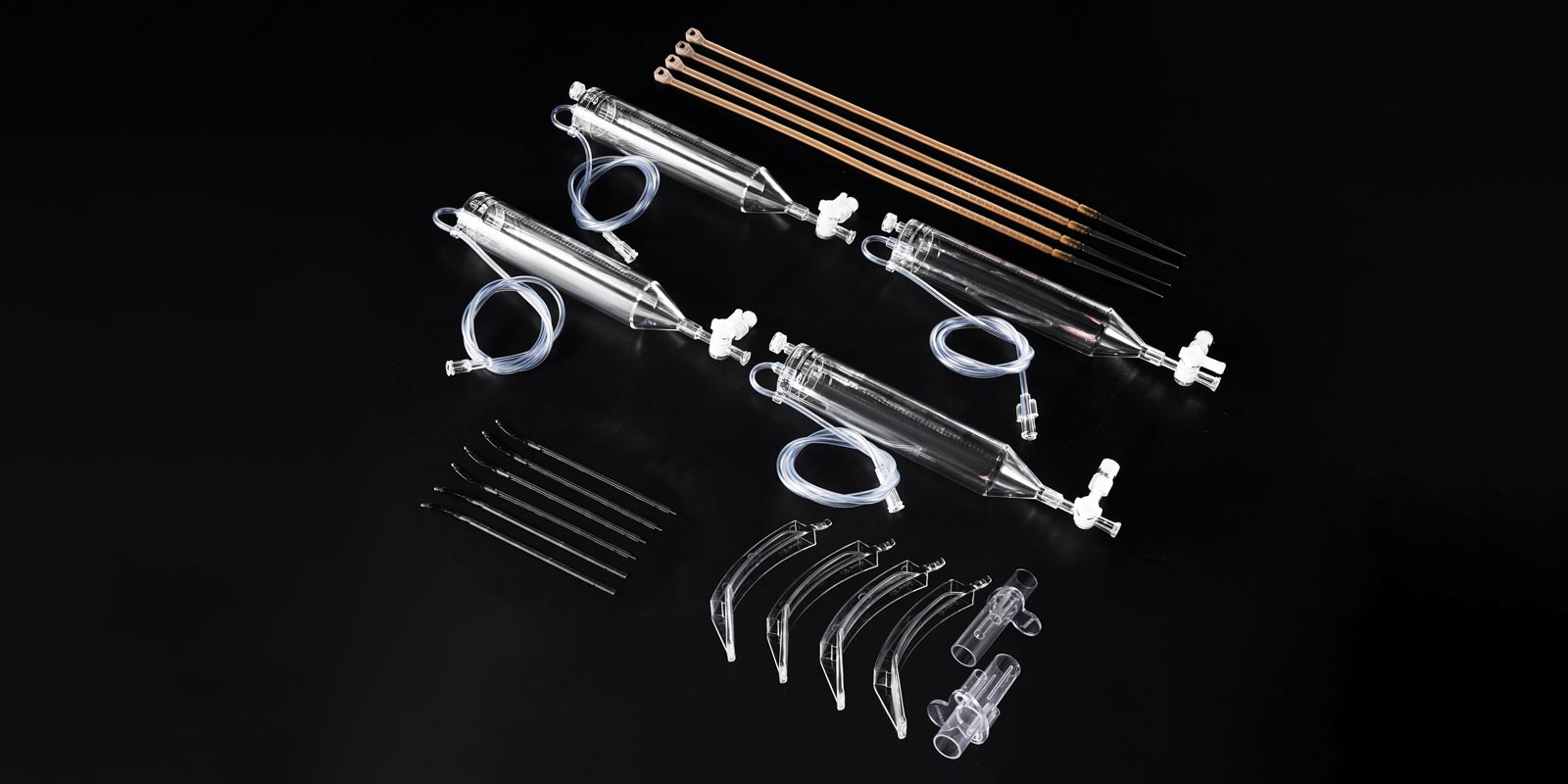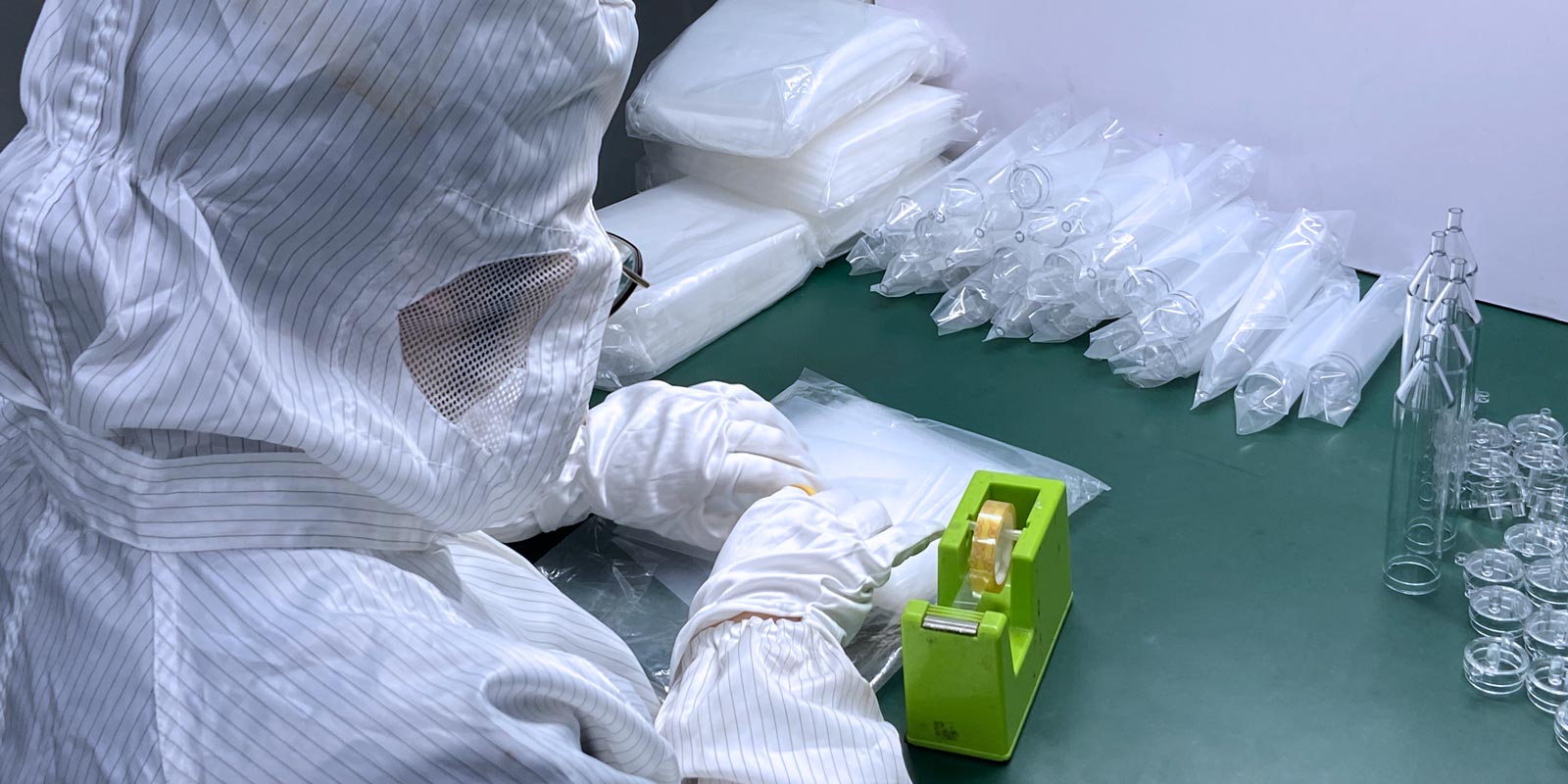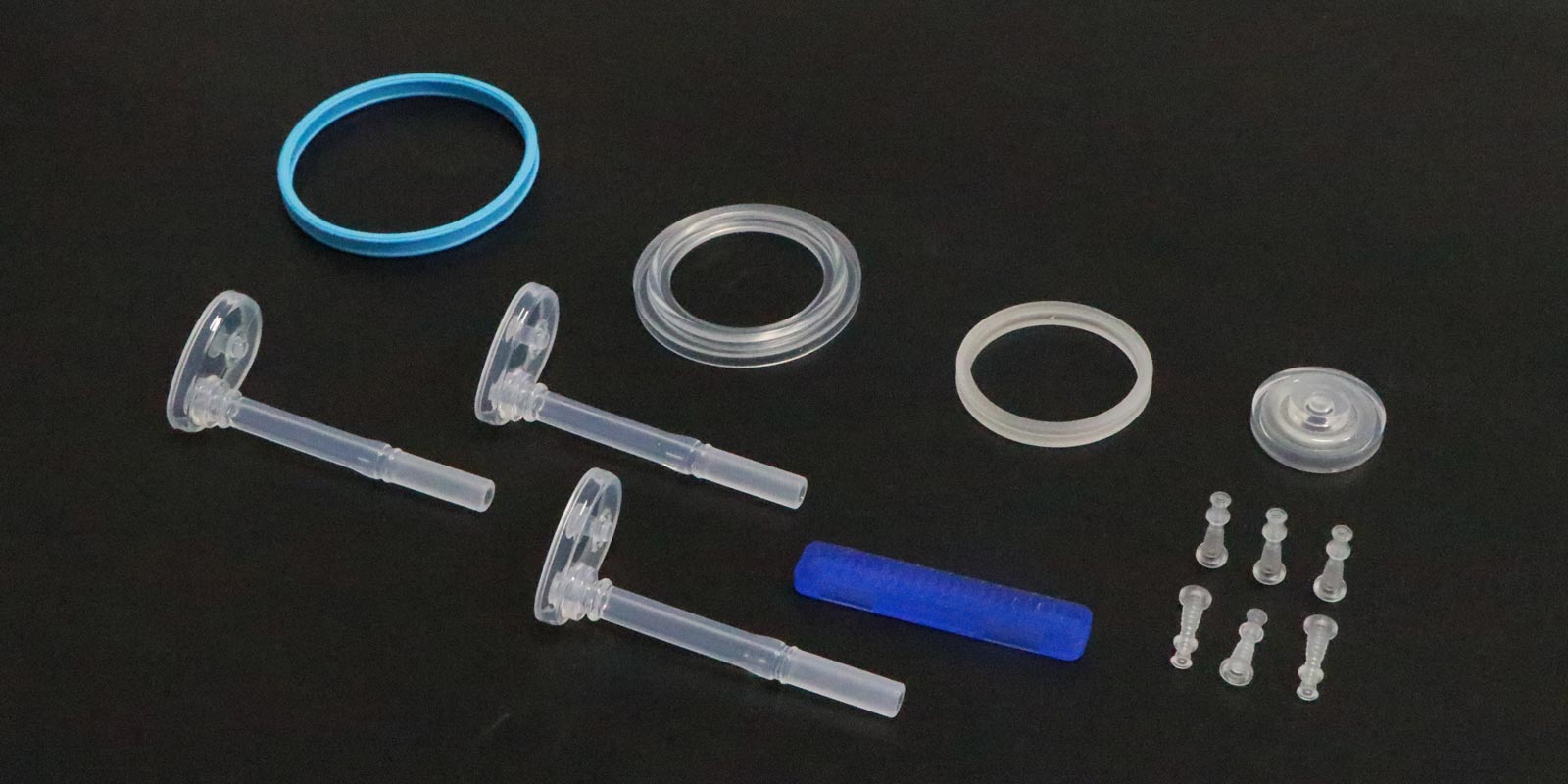The diversity of plastic materials in the medical field presents numerous challenges in processing, especially considering that each plastic has unique melting characteristics. In reality, there is no single "melting point," but rather a temperature range in the molten state. Differences in the structure and composition of plastic molecular chains directly affect their flow properties. Therefore, for medical injection molding part manufacturers, precisely controlling the temperature during processing has become a key factor in ensuring product quality. Today, the editor from Yize Mold will delve into the art of temperature control in injection molding processes, covering temperature management strategies for various critical steps.
1. Mold Temperature: The Key to Perfect Shaping
Mold temperature is a core factor influencing the appearance, dimensional stability, deformation control, and smooth ejection of medical injection molding parts. Some plastics, due to their high crystallization temperature and slow crystallization speed, require higher mold temperatures to facilitate crystallization. Others need precise adjustments to specific high or low temperature ranges to control dimensions, reduce deformation, or facilitate ejection. For example, PC materials typically require mold temperatures of no less than 60 degrees, while PPS may require mold temperatures of 160 degrees or higher to achieve excellent surface quality and enhanced flowability. Precise control of mold temperature plays an indispensable role in enhancing the overall quality of products.
2. Injection Pressure: The Shaper of Size and Appearance
Injection pressure is a crucial factor that directly affects product size, weight, and deformation by overcoming the resistance encountered by the melt during flow. Different plastic products have varying requirements for injection pressure. For materials like PA and PP, increasing the injection pressure can significantly improve their flowability. The injection pressure also directly correlates with product density, thereby affecting the surface gloss. As there is no fixed value to follow, it needs to be flexibly adjusted based on the difficulty of mold filling. The more difficult the mold filling, the greater the injection pressure required.

3. Barrel Temperature: The Foundation of Melt Quality
Barrel temperature is an indispensable aspect of the injection molding process, although it is guided by the temperature of the injection cylinder. The actual melt temperature should be measured at the nozzle or using an air jet method. The setting of the barrel temperature needs to comprehensively consider factors such as melt temperature, screw speed, back pressure, shot size, and injection cycle. For the first-time processing of a specific plastic, it is recommended to start with a lower temperature setting and gradually optimize it.
To facilitate refined management, the barrel is usually divided into multiple temperature control zones, and not all zones need to be set to the same temperature. In long-term or high-temperature operating environments, appropriately lowering the temperature of certain zones can effectively prevent premature melting and bifurcation of the plastic. Before injection molding, ensuring that the hydraulic oil, hopper shut-off, mold, and injection cylinder are all at the appropriate operating temperatures is a prerequisite for smooth production.
4. Melt Temperature: The Regulator of Flowability
Melt temperature directly determines the flow properties of the melt. Given that plastics do not have a fixed melting point, their flowability is significantly affected by the structure and composition of the molecular chains. Rigid molecular chains (such as PC and PPS) are more sensitive to temperature changes, while flexible molecular chains (such as PA, PP, and PE) are relatively less affected by temperature fluctuations. Therefore, precisely calibrating the injection molding temperature based on material characteristics is another crucial step in ensuring product quality.
In summary, temperature control in medical injection molding parts processing is a complex and meticulous task that requires manufacturers to not only have a deep understanding of various plastic materials' characteristics but also precisely manage the temperature in every processing step to ensure that the final product's quality and performance meet the stringent standards of the medical industry.
















 Home
Home
